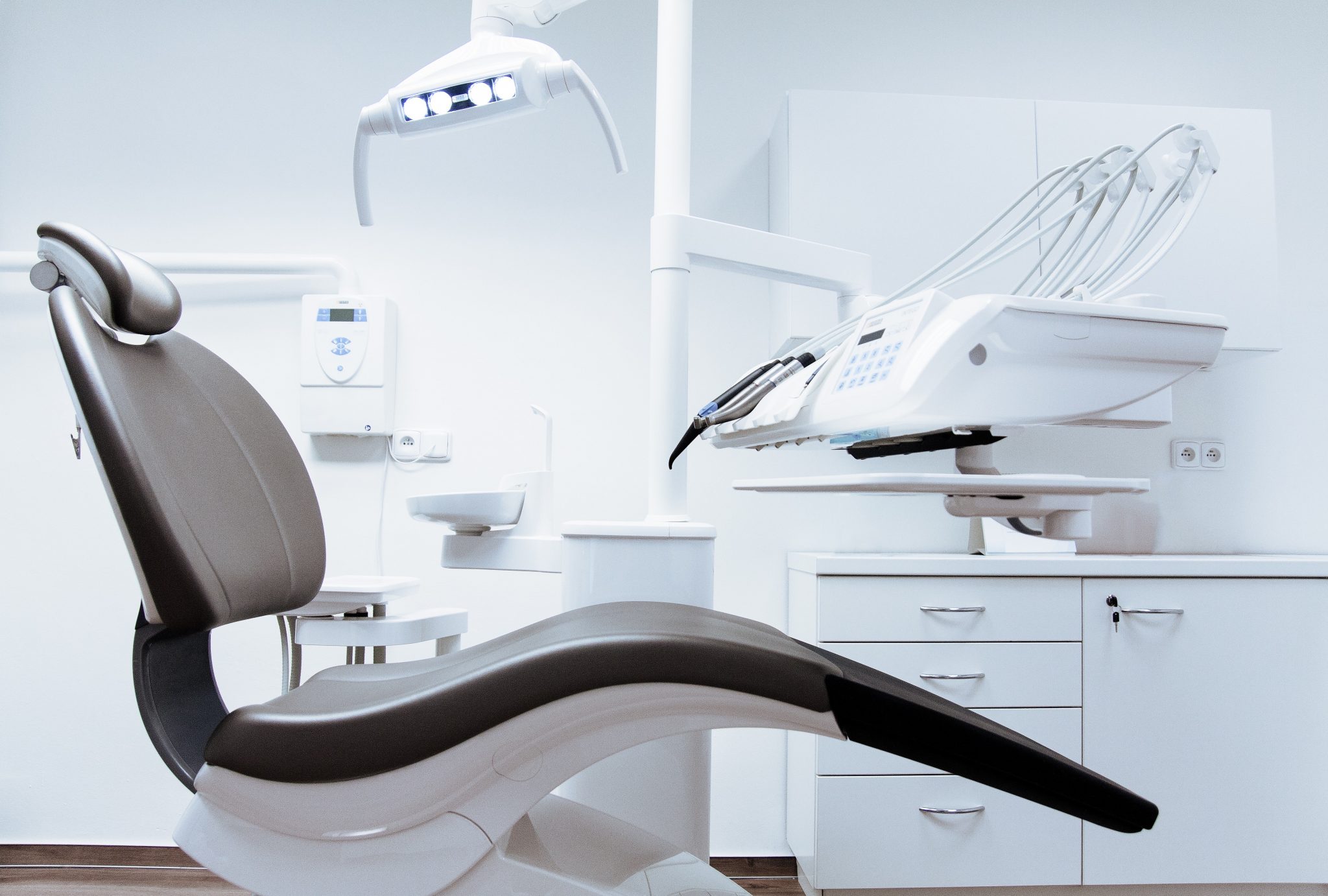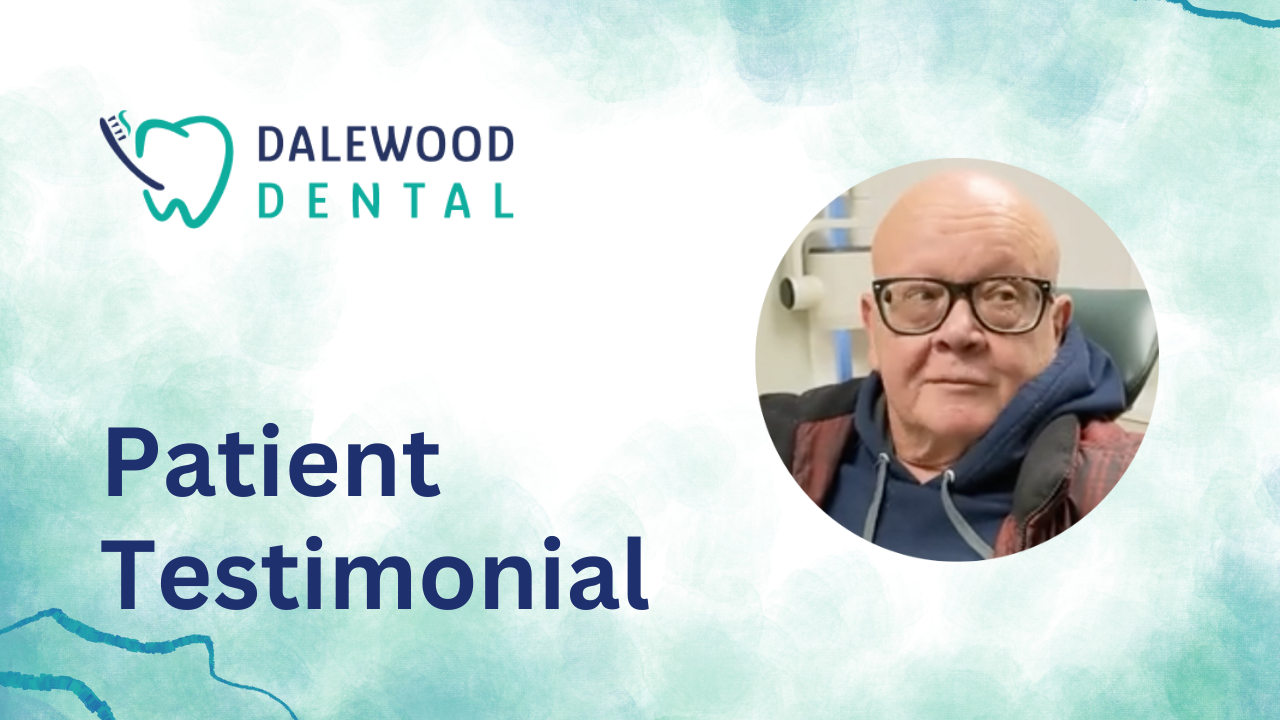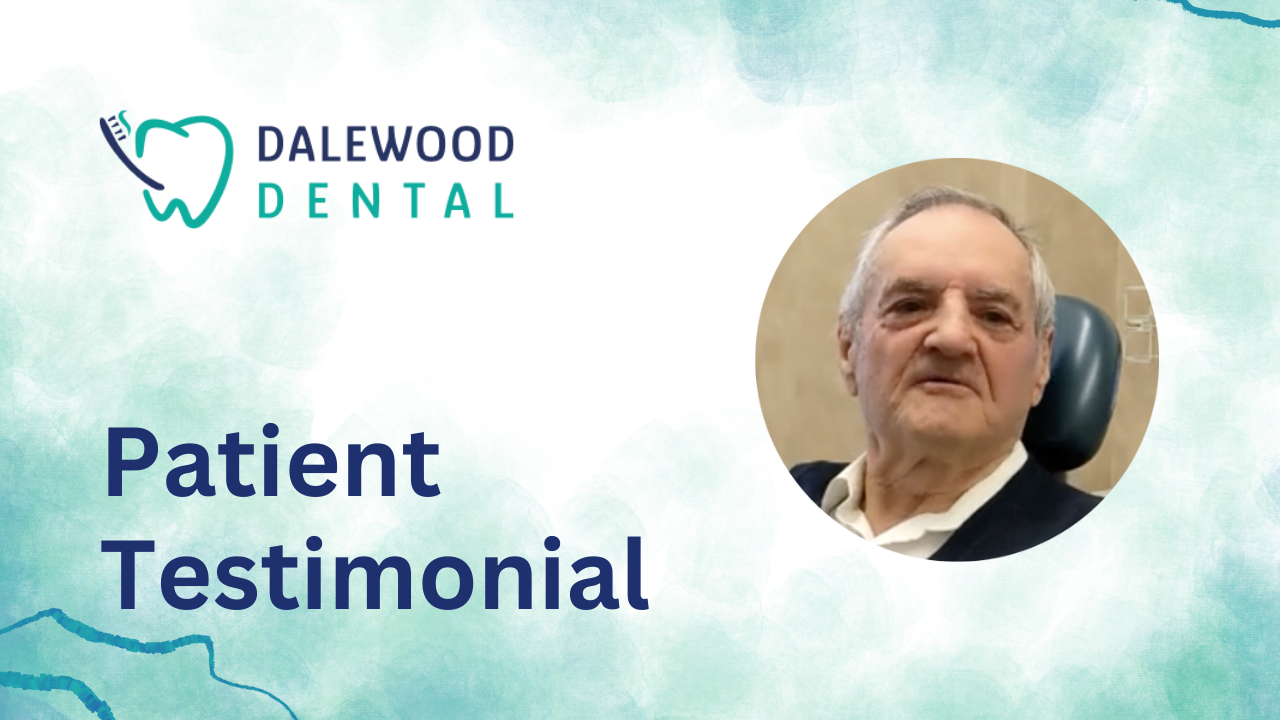
Is Tooth Extraction Necessary?
Tooth extraction may become necessary for various reasons, which may include (but are not limited to):
- Removing baby teeth that are having difficulty naturally falling out.
- Extracting teeth as part of orthodontic treatment.
- Addressing teeth with pain or infection issues.
- Dealing with a fractured tooth.
Nevertheless, tooth extraction may not always be the sole solution. If you are experiencing tooth discomfort, there might still be an opportunity to swiftly alleviate your pain while preserving the tooth. Timely identification is vital.
Please inform us if you are encountering any of the following symptoms:
- Intense toothache.
- Pain that worsens with pressure or while chewing.
- Jaw pain or stiffness.
- Swelling of the gums surrounding the affected tooth or teeth.
- Indications of gum disease, such as discoloration, bleeding, or unpleasant odor.
The Treatment Plan
A tooth extraction procedure is typically carried out in a single office visit, either by a dentist or an oral surgeon.
Here’s an overview of the process, starting from the initial evaluation to tooth extraction and post-operative care:
Assessing Your Options
Before proceeding with tooth extraction, our dentists will conduct a thorough examination of your symptoms and engage in a discussion with you to determine the most suitable course of action for your dental health.
The Extraction Procedure
Upon your dentist’s and your preference, a local anesthetic will be administered to numb the areas surrounding the tooth to be extracted. If necessary, sedation options may also be available. Our oral surgeons employ a minimally invasive technique to ensure the gentle removal of the tooth, prioritizing your comfort and speedy recovery.
Recovery and Post-Care
You will receive detailed aftercare instructions, including:
- Guidelines for maintaining oral hygiene during the healing process.
- Information on what to expect during your recovery.
- Steps to take in the event of any complications.
We are more than willing to schedule a follow-up appointment to address any additional questions or concerns you may have.
Cost of Dental Extractions in St. Thomas
Contact us today
to schedule an initial consultation & exam.
Your consultation will include an examination of everything from your teeth, gums and soft tissues to the shape and condition of your bite. Generally, we want to see how your whole mouth looks and functions. Before we plan your treatment we want to know everything about the health and aesthetic of your smile, and, most importantly, what you want to achieve so we can help you get there.
Frequently Asked Questions
Tooth extraction becomes necessary for various reasons, including:
-Impacted Wisdom Teeth: When wisdom teeth don’t have enough space to emerge properly.
-Severe Decay or Damage: When a tooth is extensively decayed or damaged beyond repair.
-Orthodontic Treatment: Sometimes, teeth may need to be removed to make space for orthodontic alignment.
-Infection: To prevent the spread of infection to surrounding teeth or throughout the body.
-Crowding: In cases of overcrowded teeth, extractions may be recommended for better alignment.
Tooth extractions are typically performed under local anesthesia, which numbs the area and minimizes pain during the procedure. You may feel some pressure but should not experience significant pain. After the extraction, you may have discomfort, which can usually be managed with over-the-counter pain relievers. Severe pain is uncommon and should be reported to your dentist.
Recovery time can vary, but most people recover fully within a few days to a couple of weeks. The initial healing of the extraction site typically takes about 1-2 weeks, during which you should follow post-operative care instructions. Complete bone and soft tissue healing may take a few months.
Dry socket is a potential complication that typically occurs in the first few days after extraction. The risk decreases significantly after the first 3-4 days. To minimize the risk of dry socket, follow your dentist’s instructions, which may include avoiding certain activities (e.g., smoking, drinking through straws) for at least a few days after the extraction. If you suspect a dry socket, contact your dentist for appropriate management.









